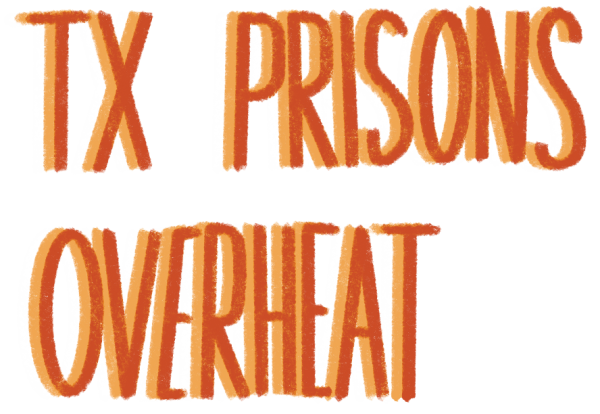Ineffective Restrictions Against COVID: The Effectiveness of Travel Regulations
March 23, 2022
On Nov. 26, 2021, as Omicron cases began to spread across the United States, President Joe Biden instituted travel restrictions that barred non-U.S. citizens from Botswana, Eswatini, Lesotho, Malawi, Mozambique, Namibia, South Africa, and Zimbabwe from entering the country.
The use of travel restrictions was somewhat effective at the start of the pandemic in March 2020. According to BMJ Health, local travel restrictions within China may have reduced the number of cases exported by 70-80%. However, almost two years into the pandemic, this technique is no longer relevant and major international travel bans are ineffective in limiting the spread of COVID-19. Although countries continue to use them as a way to provide their citizens with a false sense of security, these restrictions are ultimately pointless—and even harmful.
When the Omicron variant emerged, the World Health Organization (WHO) warned countries not to impose travel restrictions until governments could determine whether vaccines would protect against the strain. But exactly one week after the WHO had issued this warning, the Centers for Disease Control and Prevention (CDC) released its new travel guidelines banning travelers from certain countries from entering the United States. According to President Biden, this was a strategy to “give us time.” However, many scientists are arguing that this did not have the intended effect.
Alessandro Vespignani, a professor at Northeastern University who models global disease spread, said that, according to his models, there were “tens to hundreds of Omicron carriers in the United States” by the time the first case had been officially reported in November. Given the high Omicron rates on planes going from South Africa to Amsterdam—about 5%—Vespignani believed that Omicron was already well established around the world when countries began issuing travel restrictions.
In fact, the travel restrictions America instituted likely did not even limit cases. Vespignani explained the effect of the travel restrictions as “trying to prevent sparks from entering the forest, but the wildfires are already starting.”
Vespignani is not alone in this belief—most experts know that travel restrictions only offer the appearance of safety when implemented late.
“I think this is really an illusion of protection,” CNN medical analyst Dr. Jonathan Reiner said, explaining that, at best, such bans will only slow the spread by a week or two. Saad Omer, director of the Yale Institute of Global Health, agrees, telling NPR that “there is very little utility of these kinds of bans.”
These travel bans are not only ineffective—they can potentially even be damaging. Cutting South Africans off from traveling after they came forward with the information they had about a new strain of COVID-19, Omicron, discourages countries from sharing information they have about new strains in the future. In order to effectively combat COVID-19, it’s vital for countries to be transparent about pandemic-related data.
“What you worry about is whether a country will be as forthcoming next time if the result is they get a travel ban imposed on them,” Nicole Errett, a researcher at the University of Washington, told The New Yorker.
And, of course, travel restrictions aren’t just politically dangerous—they have the ability to negatively impact ordinary citizens’ lives as well. Migrants trying to flee to America from dangerous situations, as well as American travelers stranded in South Africa with no way to get home, are inadvertently targeted by these travel bans.
Although these travel restrictions are, at this point in the pandemic, wholly unnecessary, there are other options for countries that refuse to stop limiting travel that won’t punish South Africa for publicizing information about the Omicron variant.
These alternatives are sometimes known as “keyhole” restrictions. One example of a keyhole restriction is a mandatory 14-day quarantine for travelers before entering the country. This would provide citizens with a similar sense of security as travel bans, without barring tourists and citizens from entering the country.
Two years after the beginning of the COVID-19 pandemic, it seems that countries should have figured out what methods are most effective at limiting the spread of the virus and protecting their citizens. However, the United States and other countries continue to implement measures, such as travel restrictions, that only provide the illusion of safety. It is time for governments to look at the data and make decisions that will actually benefit global politics, immigrants, and their own citizens.







